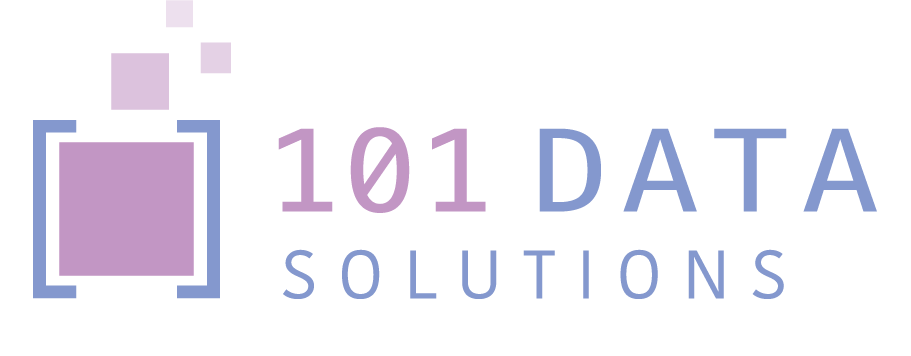DMARC (Domain-based Message Authentication, Reporting, and Conformance) is an email authentication standard for fighting phishing and malware. It’s essentially a third party that sits between your email sender (e.g. company marketing department) and the recipient’s email server. DMARC helps you take control of your company’s email domain by monitoring and reporting on email activities while also setting up policies to handle unwanted emails from third parties.
How does DMARC work?
DMARC works by setting up rules for legitimate and illegitimate email messages sent from your email servers. For example, your company might have several different email servers to send mail to different departments. DMARC can be set up to block emails from servers that do not follow your company’s policies (e.g. sending unsecured emails). DMARC also allows you to reject emails from trusted servers that still contain malicious content (e.g. phishing emails from a hacked server). At the same time, DMARC can allow legitimate emails from servers that follow your company’s policies (e.g. emails from your marketing department).
Benefits of using DMARC
- DMARC helps you stop emails from phishing scams by blocking them or alerting them about their unauthentic nature.
- There are many types of spam emails, but one of the biggest sources of spam comes from bulk emails sent from legitimate sources. DMARC helps you prevent these emails from being sent.
- Your email reputation can affect your brand image. DMARC helps you make sure emails sent from your domain are legitimate.
- One of the biggest dangers of spam filtering is a false positive, an email that should have been delivered but was incorrectly identified as spam. With DMARC, you can avoid false positives by setting thresholds for acceptable email volume.
Why is DMARC important?
DMARC helps you take control of your company’s email domain by monitoring and reporting on email activities while also setting up policies to handle unwanted emails from third parties. DMARC is also important because it can be used with other authentication protocols.
How to implement DMARC
Setting up DMARC is a crucial first step to protecting your company from phishing attacks and reducing spam emails on your domain. However, implementing DMARC correctly can be challenging. At 101 Data Solutions, we collaborate with Red Sift, a leading provider in the field, to guide you through the setup of DMARC on your domain. Our team are here to help with all of your cybersecurity concerns and advise you on best practice in data security and protection, just book a call today.
About Brett Edgecombe, Managing Director, 101 Data Solutions
Even as a child living in Canada, Brett always had an interest in technology, so starting his career within the technology industry was a natural progression in 1998 when it began at the UK’s first ISP, Compuserve Interactive Services in Bristol.
He has first-hand experience in modern Enterprise Storage Infrastructure solutions, having worked at Sun Microsystems in 2000, where he worked with large commercial and education customers across the UK.
Brett created 101 Data Solutions in 2008 with a focus on Data Storage centric delivered through high-quality technology solutions direct to businesses throughout the UK. His strategic vision and sector knowledge allows him to bring excellence to 101’s customers through experience, technical foresight and relationship building.




